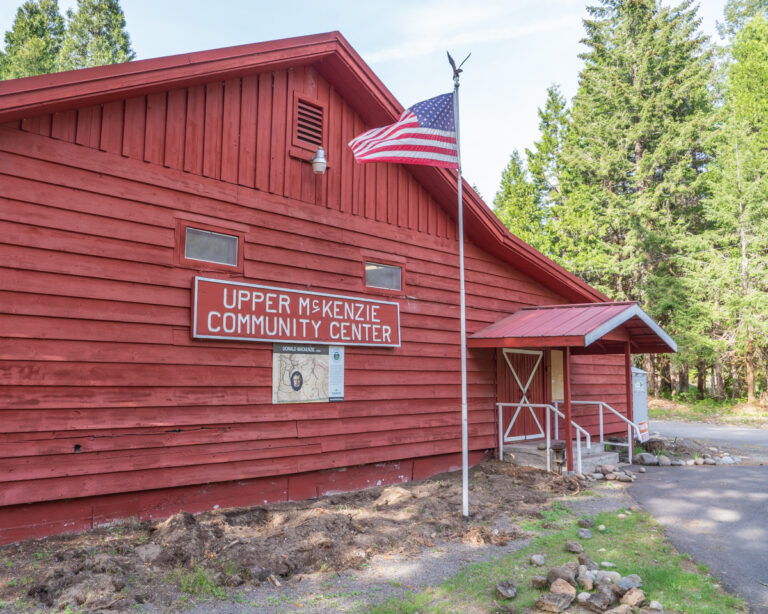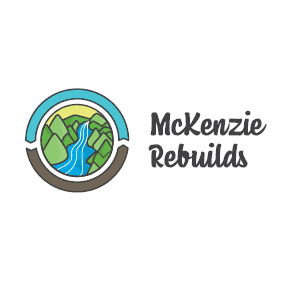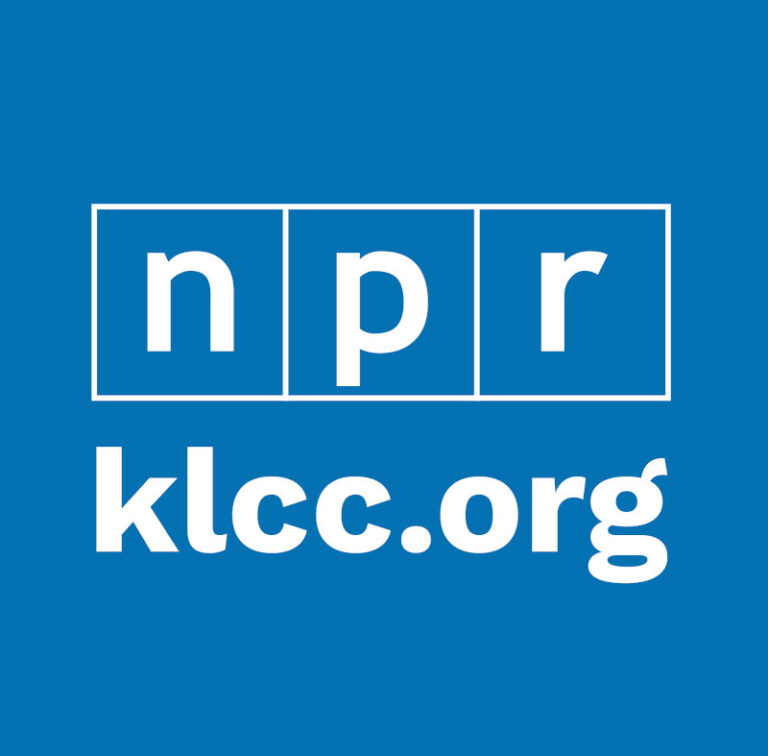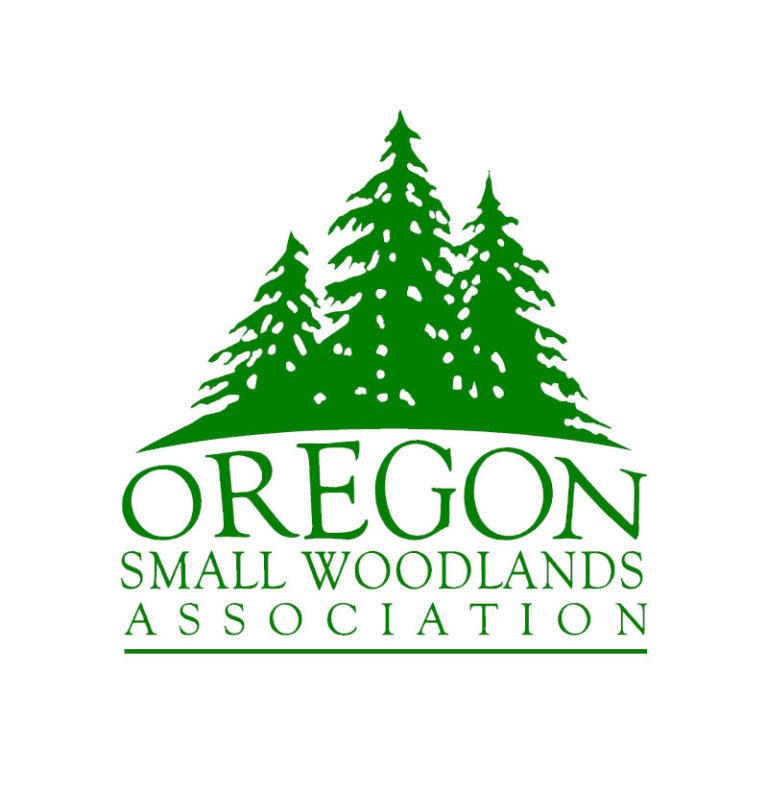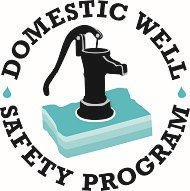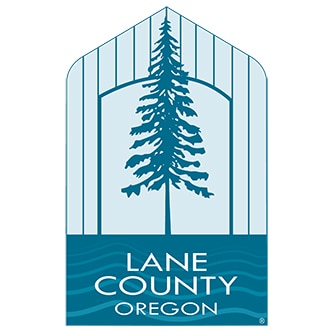RIGHT OF ENTRY Frequently Asked Questions
 The process for residents of the valley to opt into the State and Federal debris cleanup has proved to be more than a little confusing. Part of this is due to the process itself being in a semi-fluid state and part of it down to almost every resident being in a unique situation with unique concerns and questions.
The process for residents of the valley to opt into the State and Federal debris cleanup has proved to be more than a little confusing. Part of this is due to the process itself being in a semi-fluid state and part of it down to almost every resident being in a unique situation with unique concerns and questions.
Below we have copied and embedded the best up to date info the State has released yet on the process, so take a good look and be sure to use the contact number at the end to reach out with any further concerns you might have. Anyone who reads this and knows of others in the valley who would benefit from this info please share it as widely as possible as it is important that everyone feels comfortable with the process and opts in or out ASAP so the rebuilding process can move forwards quickly to everyone’s benefit.
RIGHT OF ENTRY Frequently Asked Questions
Oct. 13, 2020
The electronic Right of Entry (ROE) form asks me to choose between Household Hazardous Waste (HHW) Only and All Wildfire Debris. What does that mean?
If you choose the Household Hazardous Waste (HHW) Only ROE form, you will be giving permission for Step 1 (HHW mitigation) only. You can later decide to authorize entry for Step 2 (ash and debris removal) if and when that step is finalized. The form authorizing right of entry for All Wildfire Debris cleanup allows the county, state and federal governments and their contractors to perform both Step 1 (HHW Removal) and Step 2 (Ash and Debris Removal). State, county, and federal partners are actively working to develop funding and implementation options for Step 2: Ash and debris removal. Find the latest information and sign up for email or text updates at wildfire.oregon.gov/cleanup.
What do I need to complete the ROE form?
You will be asked to supply your name, affected property address, contact information, and insurance information, if you have insurance. If you are not able to report any of this information on your ROE form, someone will contact you at a later date to gather this information.
What if I don’t have insurance coverage?
You are eligible for household hazardous waste removal whether or not you have insurance. When you complete the form, simply select “This Property is Not Insured.”
Will there be any cost to me? Will my insurance be billed?
There is no cost to homeowners for Step 1: Household Hazardous Waste removal. FEMA is covering 75% of the costs and the State of Oregon is covering 25%.
For both household hazardous waste removal and ash and debris removal, no federal, state or local government agency will recoup money from your insurance that would have otherwise gone toward rebuilding your home. If you do the cleanup on your own, it will cost more and reduce the amount of insurance money you have available to rebuild your home.
More information about this is available in the FAQ section of the wildfire cleanup page at wildfire.oregon.gov/cleanup.
Are businesses included in hazardous waste & debris removal efforts?
Businesses are included in hazardous waste removal funded by FEMA and the State of Oregon (Step 1). State, local, and federal partners are actively developing funding and implementation options for ash and debris removal (Step 2). Commercial properties need pre-approvals from FEMA for ash and debris removal. Oregon does not currently have this pro-approval. Please check wildfire.oregon.gov/cleanup for updates.
Do undocumented residents qualify for hazardous waste and debris removal?
Yes. The property owner just needs to sign a Right of Entry form to allow cleanup crews on their property. Personal information will not be shared with the federal government. Contact your county to find more information about how to submit your access agreement.
Do I need to sign up for FEMA assistance before debris removal?
No, these are two separate processes. FEMA Individual Assistance is an important additional resource, but you do not need to apply or be approved for FEMA assistance before signing your Right of Entry form to get free removal of household hazardous waste.
Can I authorize HHW Only mitigation?
Yes. There are two forms. One form limits permission to contractors who are removing household hazardous waste. However, this means that you will need to complete a separate Right of Entry form to participate in Step 2.
Can I authorize other cleanup steps now?
Yes. Choose the form authorizing “All Wildfire Debris.” This will ensure that if state or local agencies support funding for cleanup of ash and other fire debris at a later date, you will not need to provide additional authorization at that time.
Can I still participate in the program if I miss the October 16th deadline?
Yes; however, we recommend that you submit the form as soon as possible so that cleanup can begin in your community, and your property does not get missed when cleanup crews come through your area.
Cleanup teams will be starting in Jackson County where the most destroyed structures are located, and in areas where there is the potential for wildfire debris to impact water quality, especially drinking water. The next priority will go to communities where large areas can be addressed at once, because Right of Entry forms have been turned in.
What types of materials are included in the HHW removal phase?
EPA considers some leftover household products that can catch fire, react, or explode under certain circumstances, or that are corrosive or toxic as household hazardous waste. Products, such as paints, cleaners, oils, batteries, and pesticides can contain hazardous ingredients and require special care when you dispose of them. Please keep in mind that some items that are typically harmless become hazardous material after they are burned. Do not assume that your household did not contain any household hazardous waste.
Will sewage or other septic system components be removed as part of HHW?
Sewage is not considered a hazardous waste—it is its own type of waste. Septic tanks will not be removed as part of the HHW process.
It is possible that septic tanks may be removed during Step 2, but those details are not yet confirmed.
How do I know when the EPA has finished HHW cleanup on my property?
Your county will be working with EPA to track progress on property cleanup. A map showing progress will be available after work begins at wildfire.oregon.gov/cleanup.
If debris is blocking access to my property, do I need to clear that debris so that the EPA can gain access to my property?
The EPA will move any debris that is blocking access to the site. It is recommended that property owners stay away from the property due to health and safety concerns because of the hazardous material on site.
Do I need to be present when the EPA performs the HHW cleanup?
No. Property owners will need to remain off the property while the HHW cleanup is in progress due to health and safety hazards.
What should I do if my property is gated? How do I know when to let cleanup crews in the gate?
The EPA will contact the state or county, and the state or county will contact property owners when they need entry to perform cleanup.
If I purchase a property affected by the wildfires, am I eligible for Household Hazardous Waste Removal and Ash and Debris Removal?
No. Only the owner at the time of the incident is eligible for removal.
How can I inform the EPA of specific information about my property that will be necessary for them to perform a comprehensive HHW mitigation operation?
EPA is setting up a hotline residents can call. The hotline number will be posted when available at wildfire.oregon.gov/cleanup.
What if I choose to opt-in for All Debris Removal (HHW & All Wildfire Debris) and decide at a later time that I do not want to participate in the Phase 2 (debris removal) phase?
Contact the Right of Entry hotline at 682-800-5737.

